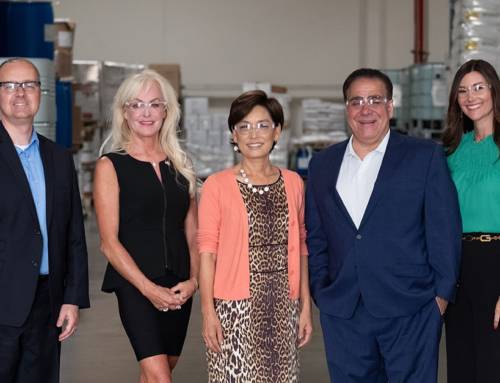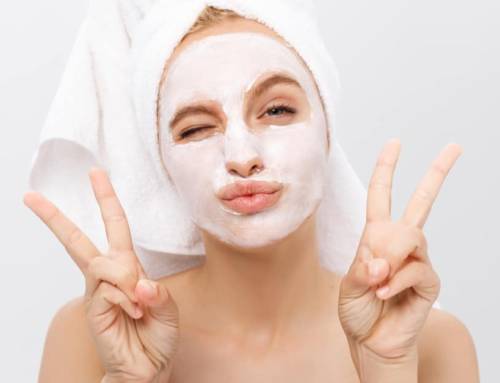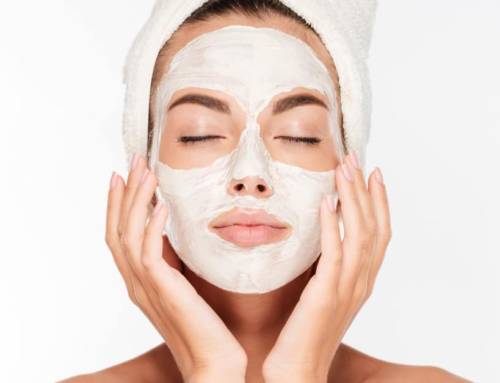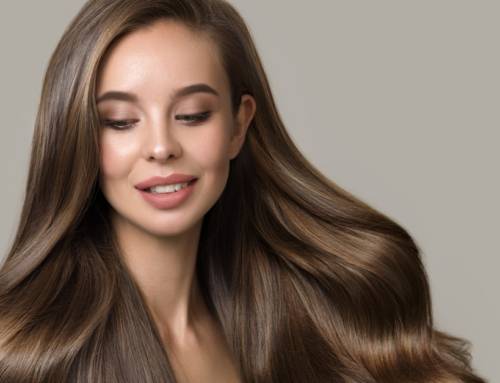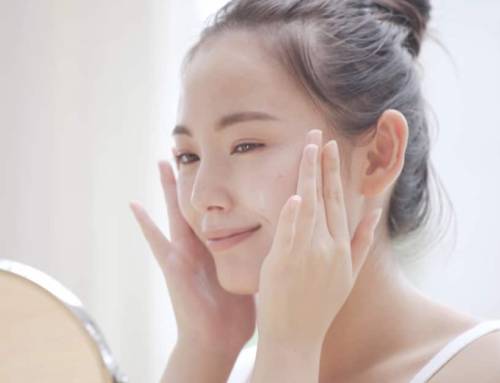The Global Cosmetic Preservatives Market Just Keeps Growing
That market is divided into six key categories: organic acids, phenol derivatives, paraben esters, alcohols, formaldehyde donors, and quaternary compounds. Preservatives are critical to skincare and personal product formulations, as they prevent mold, yeast, and bacteria from growing in opened products.
This projected global market growth can be attributed to a number of key factors, including an increase in the demand for “natural claims” preservatives, burgeoning new markets, and an expansion of the use of phenol derivatives.
More natural claims preservatives on offer
The unstoppable consumer interest in purchasing green and natural claims personal care products is top of the list for driving the growth of the global cosmetic preservatives market in the next five years.
Today, there are more green preservatives, or preservatives based on synthetic expressions of natural materials, available to formulators than ever before.
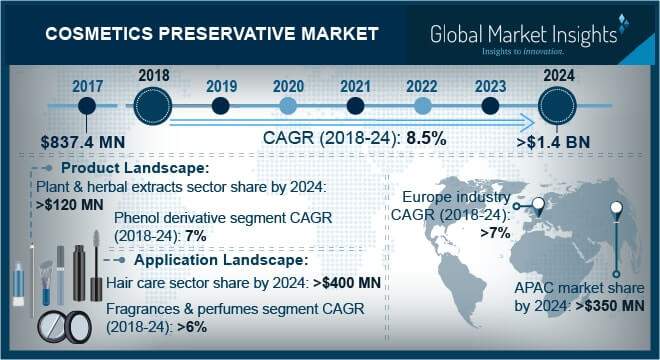
Chart from: Global Market Insights, Inc.
The increased availability of natural claims preservatives is not only perfect for the consumers who want natural personal and skincare products – but also beneficial for the formulators who endeavor to meet the sustained green product demand.
In a similar vein, it’s important to note that the expected demand for more organic preservatives like essential oils, herbs, and natural products like tea tree, rosemary, lavender, clove, and cinnamon will also continue to grow and boost market growth by 2025, according to new research.
The flourishing of natural claims and green preservatives segment will be a huge factor to the positive upwards growth expected of the global cosmetic preservatives market in the next five years.
Burgeoning markets
Another factor behind the projected preservative market growth is an increased awareness of hygiene and beautification rituals in Asian markets, specifically China, India, and other Southeast Asian countries. This awareness has led to increased product purchasing, and thus drives the preservative market growth.
Most notably, Asian Pacific countries are increasing their purchasing of sunscreens, lotions, and anti-aging products, all items that rely heavily on preservatives for maintaining freshness, efficacy, and shelf stability. These purchasing trends are expected to continue to 2025, and will make the Asian region set to dominate a larger portion of the global preservative market in the coming years.
Demand in countries like Italy, Spain, France, Germany and the UK will give European nations the second-biggest portion of the market by 2925. Germany is expected to grow the most, thanks to an increased cosmetic and skincare product production forecast.
Meanwhile, North, South, and Central America are projected to hold steady at about ⅓ of the market share, with the United States leading preservative usage and sales.
As the worldwide interest in maintaining skin, hair, and nail health and hygiene continues to soar, the purchasing of personal care products, and thus the purchasing of preservatives, will continue to extend vertically until at least 2025.
Phenol derivatives see increased usage
Another driver behind the forecasted global cosmetic preservative growth, according to analysts, is the increasing use of phenol derivatives. Phenol derivatives are an especially effective agent against bacterial and microbial growth in personal care products, and have been a popular preservative option for formulators for several years.
Phenol derivatives, specifically phenoxyethanol, a glycol ether, have recently emerged as a comparable or alternative preservative to parabens. Additionally, phenol derivatives can be used as stabilizing agents in a variety of products, including hair care items like shampoos, sun care items like lotion, creams, and after-sun ointments, and in perfumes and fragrances.
The emerging popularity of multi-functional phenol derivatives will continue to assist in overall preservative market growth, as more manufacturers experiment with innovative new twists on formulations that incorporate more modern preservatives.
The global cosmetic preservatives will grow over the next five years, in tandem with the growth of the natural claims markets, the increased purchasing power and interest in personal care products on display in Asian countries, and the boost in phenol derivatives as a preservative du jour. For formulators, this is both exciting news and an opportunity to meet consumer demands with innovation, cutting-edge research, and the most contemporary of ingredients.


